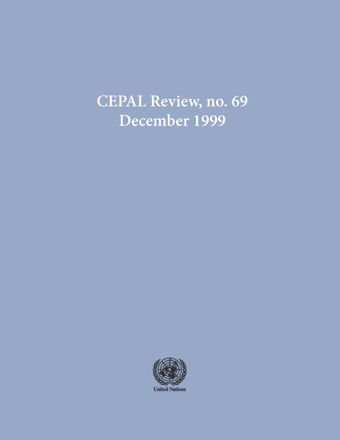-
Reforms to health system financing in Chile
- Source: CEPAL Review, Volume 1999, Issue 69, Dec 1999, p. 185 - 199
- Spanish
-
- 04 Dec 1999
- Previous Article
- Table of Contents
- Next Article
Abstract
The reforms made in the early 1980s profoundly changed the structure and functioning of the health sector in Chile in both the private and the public subsectors. In spite of the considerable advances made since 1990, however, the public-private configuration resulting from those reforms has not allowed the shortcomings in terms of resource allocation and the access of the population to health services to be overcome. A proposal for reform of the sector should be aimed at developing mechanisms to raise the efficiency and efficacy of the resources allocated to it, as well as incorporating and improving solidarity-based mechanisms which will help to tackle and solve the problems of health service access afflicting a substantial part of the population. This dual challenge is by no means easy, since it is necessary to cope with growing demand in a context of shortage of resources. The article describes the Chilean financing model and proposes that the present public-private configuration of the health sector must be redefined in order to make possible greater solidarity in financing, reduce the problem of adverse selection of risks, and permit better linkages between the private and public subsectors, both in the field of financing and in the provision of health services.





